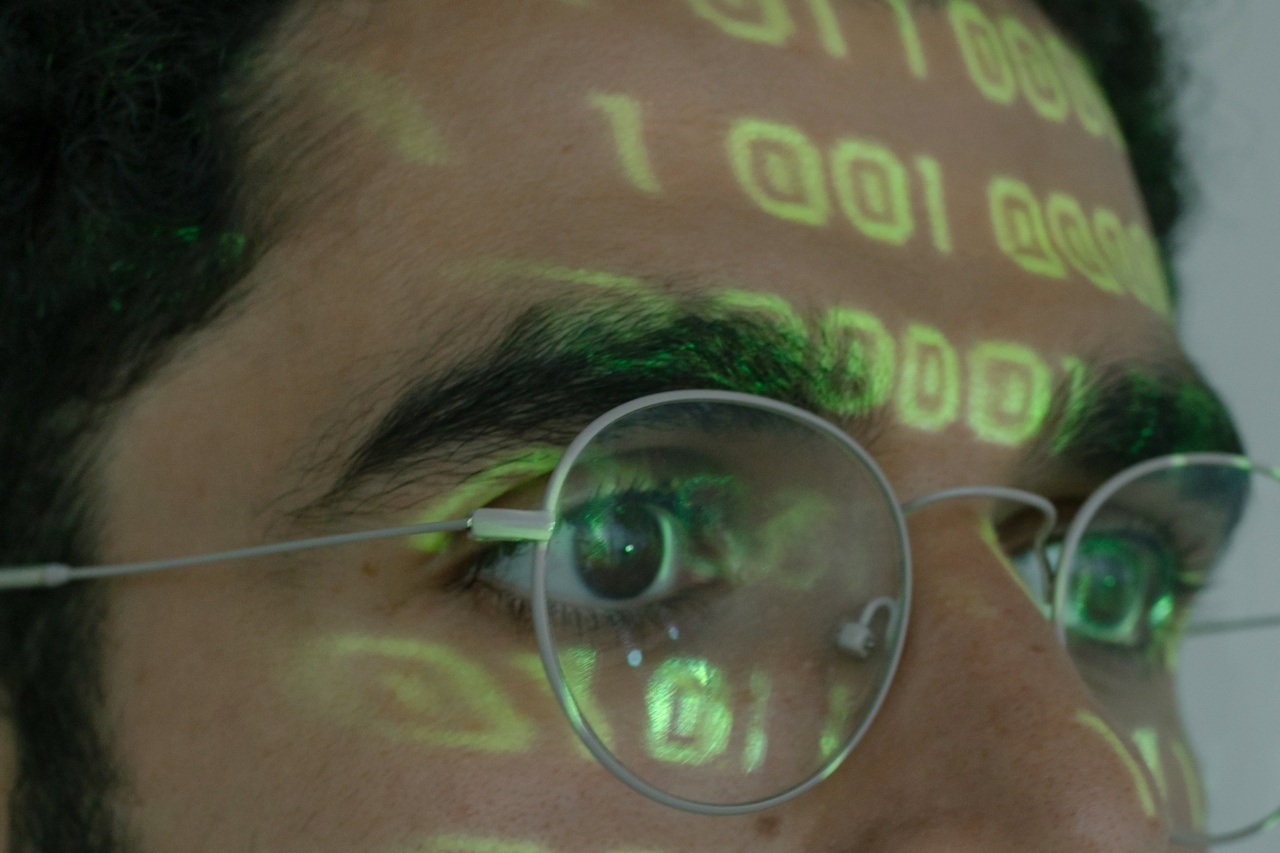Have you ever experienced tired, strained, or dry eyes after a long day of staring at screens or reading for hours? If so, you are not alone.
Many people often complain about eye fatigue, and it can be particularly bothersome for individuals who spend considerable time in front of computers, smartphones, or other digital devices. While eye fatigue is a common complaint, it is essential to understand that it is not solely the result of prolonged screen time.
There is indeed a scientific reason behind why our eyes become tired, and it is worth exploring to better manage and prevent eye fatigue.
The Role of Eye Muscles
Our eyes consist of numerous muscles that enable us to focus and shift our gaze effortlessly.
These muscles are responsible for tracking moving objects, adjusting to different depths and distances, and maintaining clear vision in various lighting conditions. However, like any other muscle in our body, these eye muscles can become fatigued when overused.
When we engage in tasks that require intensive visual concentration, such as reading or staring at screens, we tend to blink less frequently. Normally, humans blink around 15 to 20 times per minute.
However, when focused on a particular task, our blink rate can decrease by up to half. Reduced blink rates can lead to eye dryness and discomfort, resulting in the sensation of tired eyes.
The Impact of Screen Time
In an increasingly digital world, many individuals spend a significant amount of time in front of screens. Whether it be for work, entertainment, or communication, prolonged screen time has become a common part of daily life for many people.
The excessive use of screens poses several challenges to our eyes, contributing to eye fatigue.
The screens of electronic devices, such as smartphones, tablets, and computer monitors, emit blue light. Blue light has a shorter wavelength and higher energy compared to other colors on the light spectrum.
This type of light scatters more easily, making it difficult for our eyes to focus on it effectively. As a result, our eyes have to work harder to maintain focus, leading to fatigue and eye strain.
Moreover, screens also tend to cause our eyes to work in a sustained state of focus. Unlike reading a book or looking at distant objects, screens present a continuous stream of information that often requires constant close-up vision.
This sustained focus can tire our eye muscles and lead to eye strain, blurriness, and even headaches.
The Importance of Ergonomics
In addition to excessive screen time, poor ergonomics can also contribute to eye fatigue. Ergonomics refers to the design and arrangement of our physical environment to optimize human well-being and performance.
When it comes to eye health, proper ergonomics play a crucial role in reducing eye strain.
One aspect of ergonomics to consider is the positioning of screens. Ideally, screens should be positioned slightly below eye level and tilted slightly upward to minimize strain on the eyes.
Placing screens too high or too low can force our eyes to make efforts to maintain focus or look at extreme angles, leading to fatigue.
Another aspect of ergonomics is the lighting in our environment. Adequate lighting is crucial to minimize eye strain.
Insufficient lighting can force our eyes to strain to see clearly, while excessive bright lighting can create glare on screens, further challenging our eyes. Ensuring a well-lit environment without excessive glare can significantly reduce eye fatigue.
The 20-20-20 Rule
To alleviate eye strain and prevent eye fatigue, eye care professionals often recommend following the 20-20-20 rule.
The rule suggests that for every 20 minutes of screen time or focused visual activity, you should look at an object situated 20 feet away for 20 seconds.
This rule helps to relax the focus and reduce eye strain by giving our eye muscles a brief break. Looking into the distance helps to change our gaze and prevents our eyes from adjusting to only one focal length for an extended period.
Other Strategies to Prevent Eye Fatigue
Alongside the 20-20-20 rule, there are several additional strategies that can be employed to prevent eye fatigue:.
1. Take Regular Breaks:
Regularly taking short breaks from prolonged visual tasks can help relieve eye strain and prevent the onset of fatigue. Use these breaks to stretch, walk around, or simply close your eyes for a moment.
2. Adjust Display Settings:
Adjust the brightness, contrast, and color temperature of your screens to levels that are comfortable for your eyes. Many devices also offer “night mode” settings that reduce the emission of blue light, thus reducing eye strain.
3. Keep Hydrated:
Proper hydration is essential for maintaining healthy eyes. Make sure to drink plenty of water throughout the day to prevent dry eyes, which can intensify eye fatigue.
4. Use Artificial Tears:
If you frequently experience dry eyes or work in environments with low humidity, consider using artificial tear drops to keep your eyes lubricated and comfortable.
5. Improve Air Quality:
Dry environments can exacerbate eye dryness and fatigue. Using a humidifier or frequently airing out the room can help maintain optimal air moisture levels and reduce eye discomfort.
Conclusion
Experiencing eye fatigue is a common issue in our digitally-driven world. However, by understanding the scientific reasons behind eye tiredness, we can implement strategies to prevent and manage it.
Taking regular breaks, adjusting display settings, and practicing good ergonomics are all crucial components of maintaining healthy eyes. By prioritizing eye health and incorporating these habits into our daily routine, we can minimize eye fatigue and promote overall well-being.




























